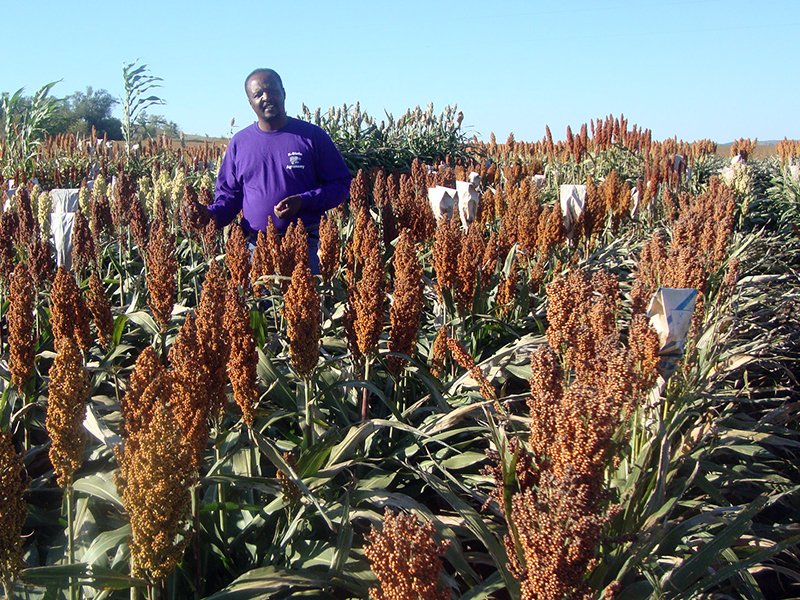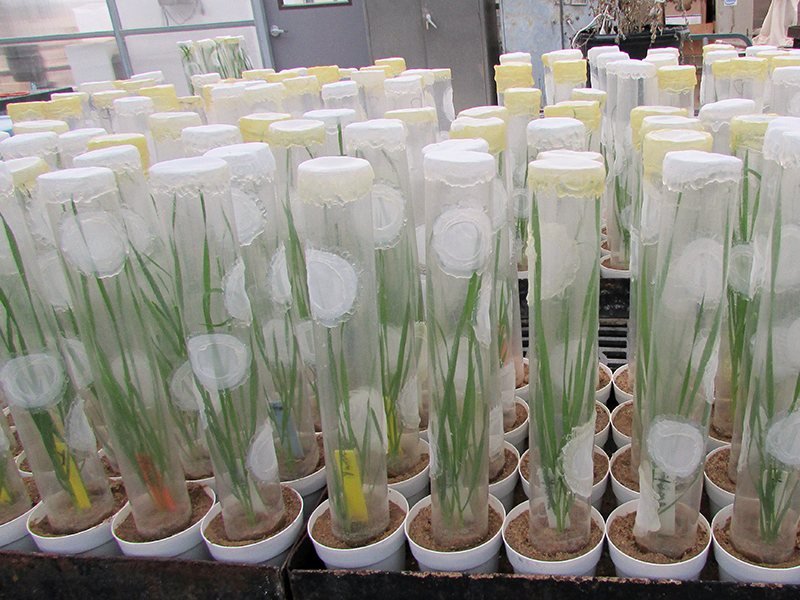Plant Science

Roots play a vital role in crop plants. They take up water and nutrients for the plant and keep it help firmly in the ground. But not all roots are the same.


Sorghum, a common food item in regions of Africa and Asia, has one missing puzzle piece. The missing piece? Protein digestibility, which researchers in the Department of Agronomy at Kansas State University are trying to find.


Pinto beans are good for us. They are nutritious, packed with protein and fiber. They also contain a host of micronutrients like B vitamins and folate.

But being good isn’t enough for pinto beans. They also need to look good.

Wheatgrass is packed with beneficial nutrients, which makes the crop a popular superfood. And now, more farmers will have access to growing this beneficial crop.

Historically, wheatgrass has been used as a crop in animal feed. However, a partnership between The Land Institute and the University of Minnesota changed that.

Fields of wheat are so associated with the U.S. that they’re featured in the song America the Beautiful as “amber waves of grain.” But those amber fields face a big threat: Russian wheat aphids.


Some new crop varieties are bred to be more nutritious. Others are more resilient, bred to tolerate harsher environmental conditions.


Leafhoppers are tiny insects. They are only about 3 millimeters long, smaller than a grain of rice. But they can cause big damage to crops, including beans.

Planning is something we all do. As individuals, we may be planning for next weekend or our future retirement.

Farmers and plant breeders are also planning for a future. The crops we currently depend on will need grow under different conditions – due to climate change.

You may have heard how excess nutrients, such as phosphorus, can run off of crop fields. This can cause harm when the nutrients end up in rivers and lakes. However, there are other sources of excess nutrients you might not think of, such as the pots nursery plants come in.

